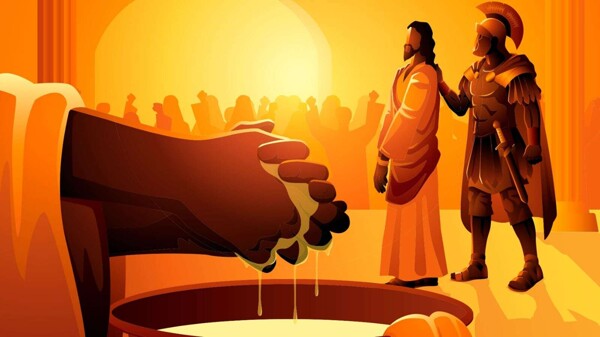
Jesus was sentenced to crucifixion, a common punishment for enemies of the imperial order. The resurrection of Jesus Christ is an important account for the Catholic Church, which states that he rose three days after being crucified and appeared to his apostles.
According to Juan Chapa Prado, from a historical and theological perspective, the resurrection of Jesus was an shocking event in the context of first-century Judaism, where the idea of a Messiah who would die and rise again was considered implausible. It is noted that the gospels report that Jesus' tomb was found empty, with the burial linens intact and the shroud rolled up, suggesting a disappearance of the body without human intervention.
During Holy Week in 2025, when millions of Christians commemorate the death and resurrection of Jesus Christ, priest and theologian Juan Chapa Prado published the book '50 Questions About Jesus', which addresses questions about the life of Christ from a historical and archaeological perspective. It details that Jesus died on the cross during the Jewish festival of Passover in the year 30 AD, causing significant social upheaval.
The book also mentions crucifixion during the time of Jesus, evidenced by archaeological findings that confirm details such as the use of nails in the feet and arms of the crucified. It is indicated that crucifixion was a disgraceful punishment reserved for certain social groups in the Roman Empire.
Religious and political reasons led to Jesus' condemnation to the cross, considered a form of social control during the time of the Roman Empire. Despite theories such as that the disciples stole the body, experts have dismissed it. The death and resurrection of Jesus continue to be sources of reflection and faith for millions of people, mobilizing the consciousness of various believers.













